Enjoy this selection of images from Caska Cove on Croatia’s Island of Pag, which was once the site of the Roman settlement of Cissa. There, a first-century A.D. Roman noblewoman named Calpurnia erected four limestone altars dedicated to the Egyptian goddess Isis.
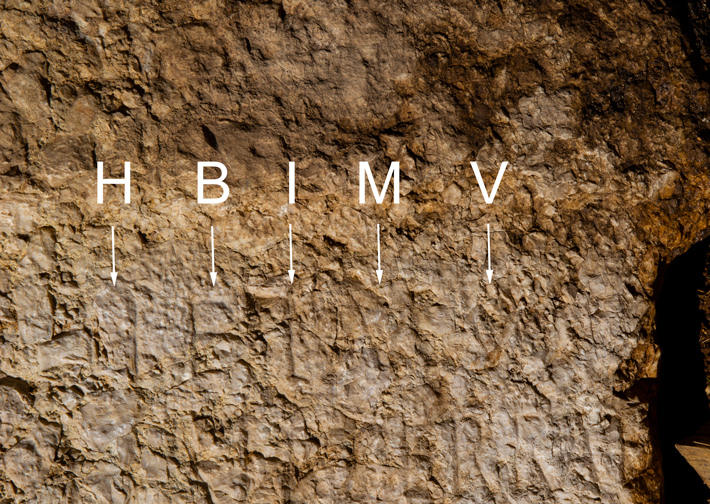
Transcription of a portion of the right side of the third altar’s encrypted first line of inscription, which reads HBIMV. (Photo: Nikola Cesarik)
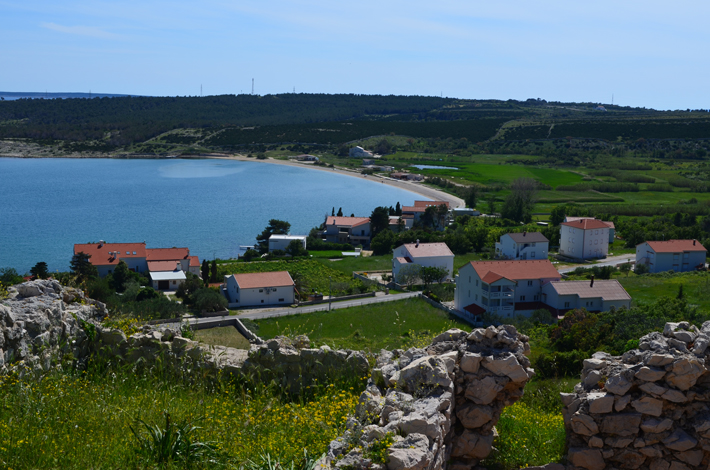
View of Caska Cove from Sveti Juraj (Saint George) hilltop. (Photo: Maja Grisonic)
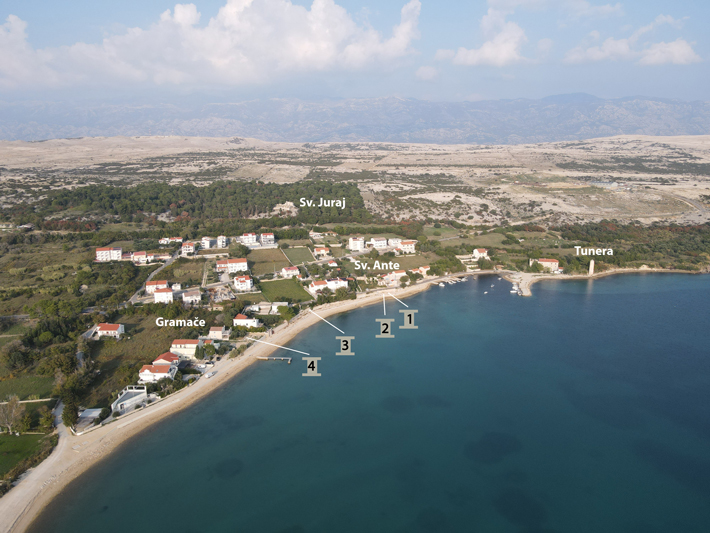
Aerial view of the northeast portion of Caska Cove, with indications of the locations where Calpurnia’s four altars were discovered. (Photo: Vinko Madiraca, modified by Maja Grisonic)
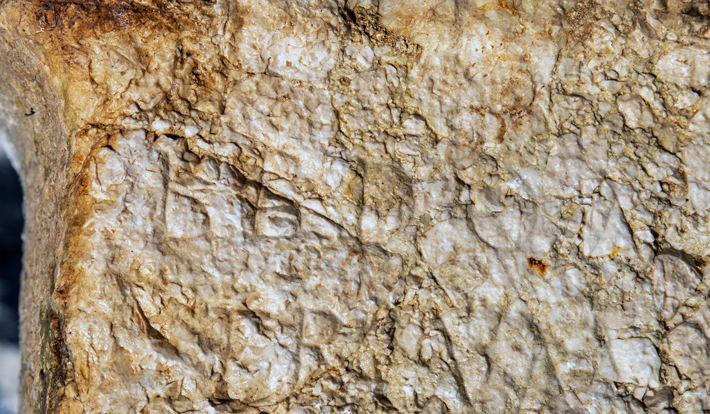
Detail of the left side of the first line of the inscription on Calpurnia’s third altar. (Photo: Nikola Cesarik)
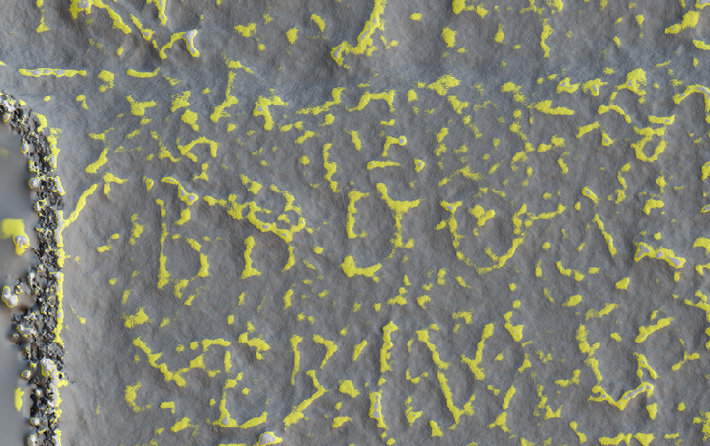
Photogrammetric image of the left side of the first line of the inscription on Calpurnia’s third altar.
(Photo: Nikola Cesarik, adapted by Tomislav Zojčeski)





